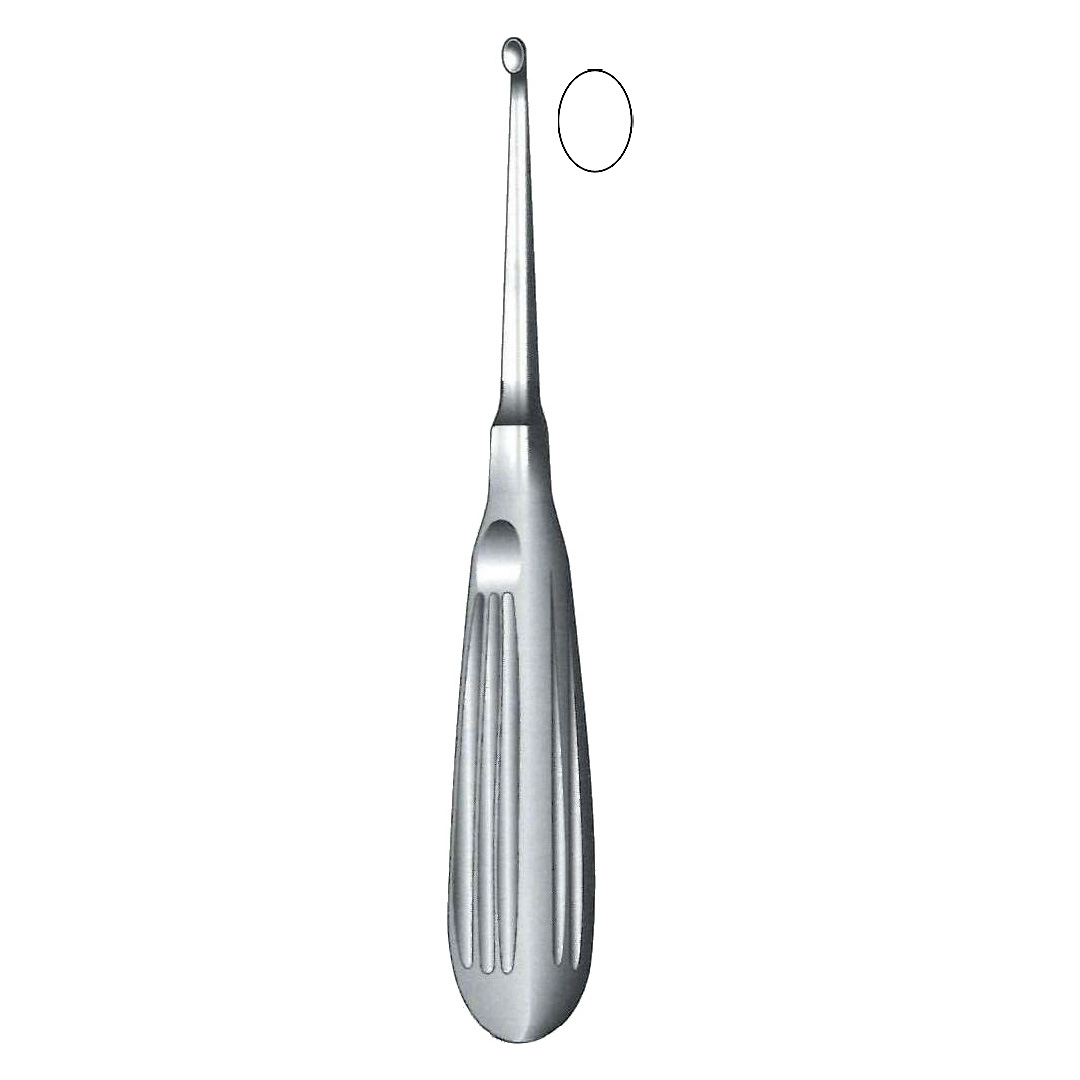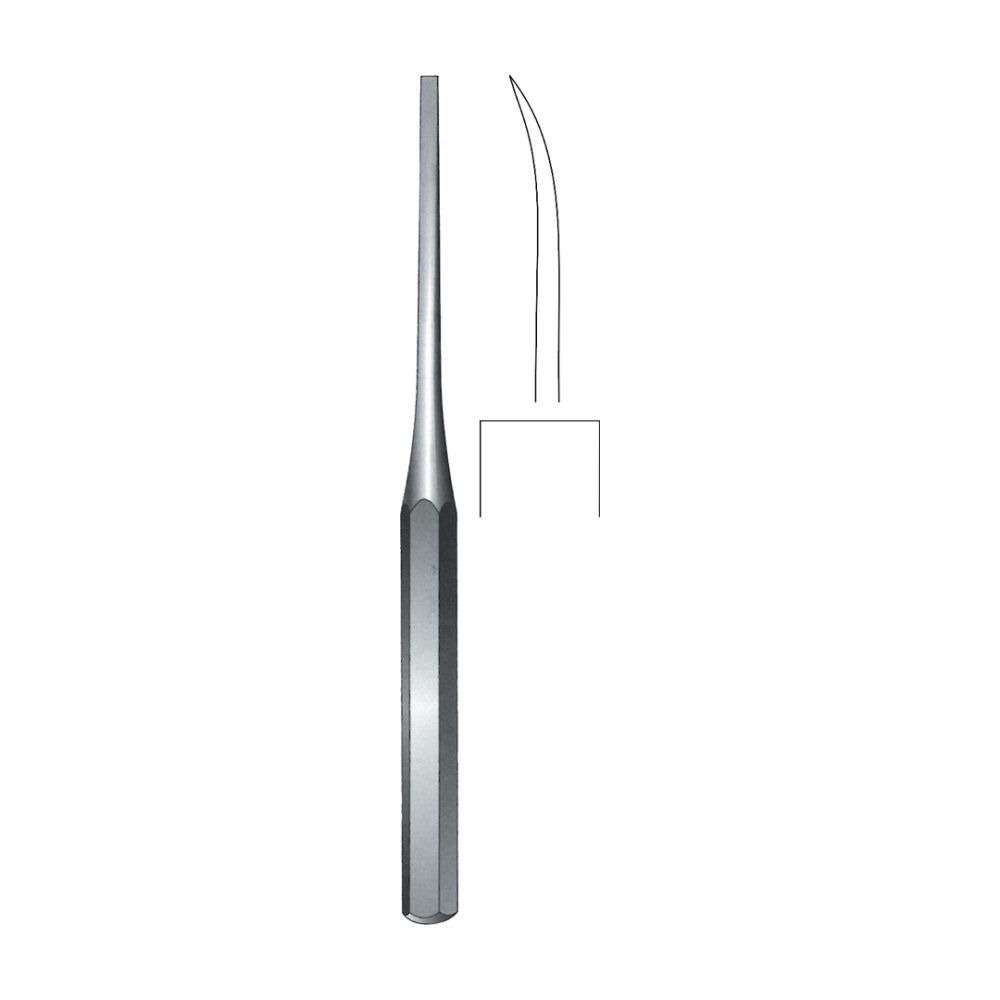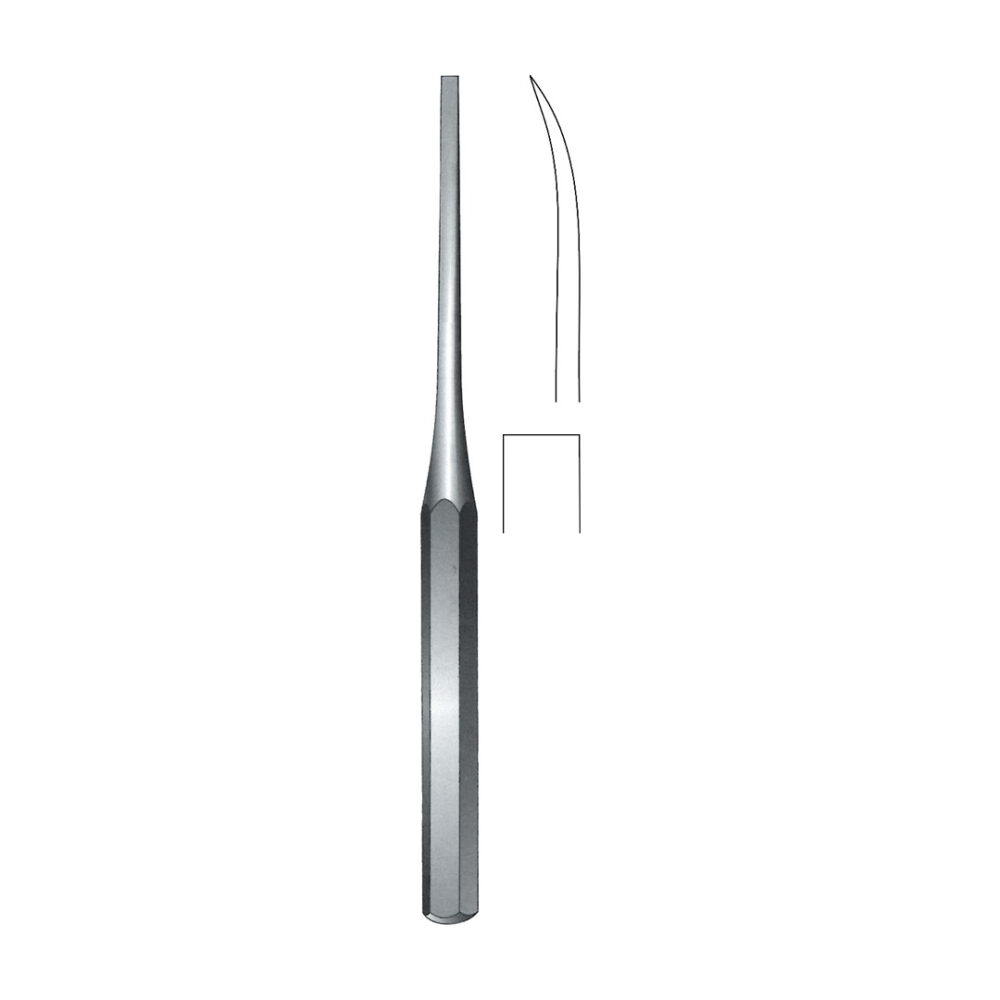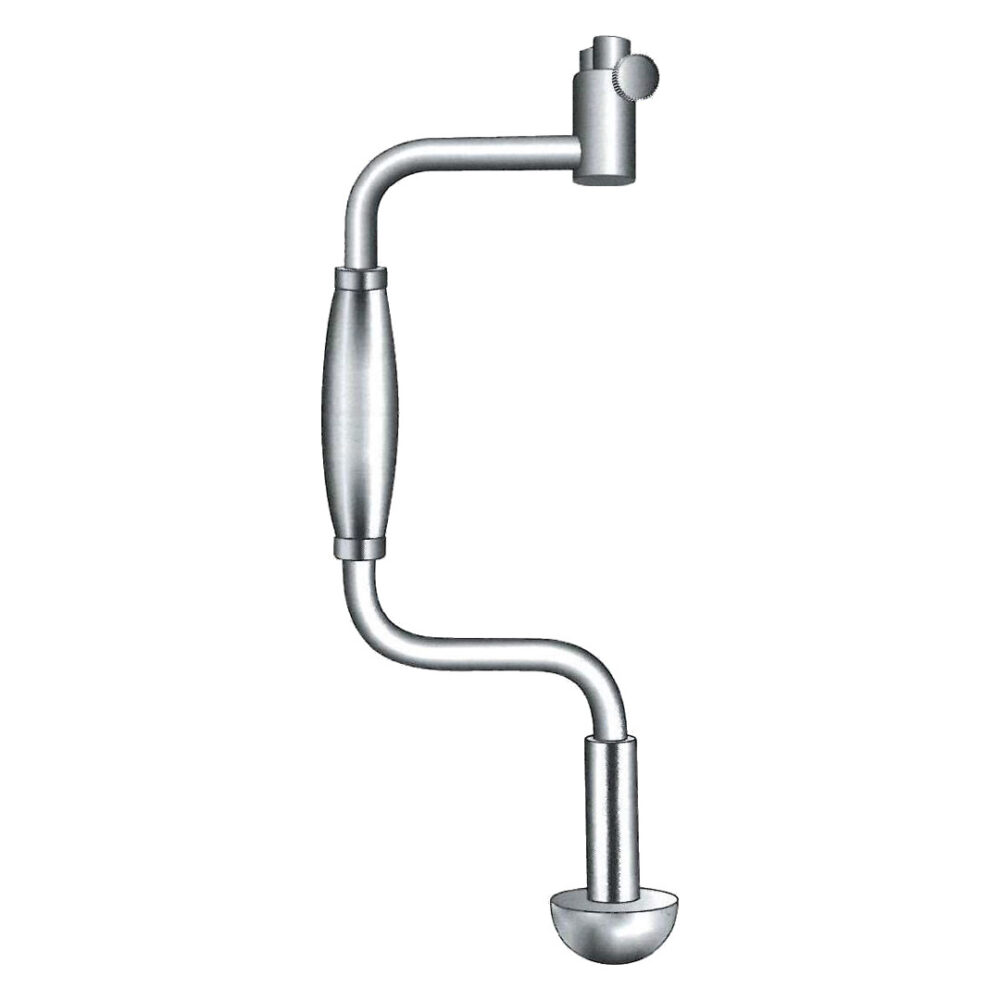Description
The Spratt Bone Curette is a specialized surgical instrument used in orthopedic and neurosurgical procedures to scrape or remove soft tissue, cartilage, or bone fragments from bony surfaces. Named after its inventor, Dr. John Lawrence Spratt, this instrument is essential for tasks such as debridement, smoothing bone surfaces, and preparing the bone for procedures like bone grafting or joint replacements. Let’s explore the features, benefits, and significance of the Spratt Bone Curette in surgical practice.
Introduction to Spratt Bone Curette
The Spratt Bone Curette features a long, slender handle and a curved or angled working end with a spoon-shaped or cupped tip. The tip is designed to efficiently scrape and remove tissue or debris from bony surfaces while minimizing damage to surrounding structures. The instrument is commonly used in orthopedic surgeries, including joint reconstructions, fracture repairs, and bone grafting procedures.
Significance in Surgical Practice
The Spratt Bone Curette holds significant importance in surgical practice for several reasons:
- Tissue Debridement: It is used to remove soft tissue, cartilage, or bone fragments from bony surfaces, ensuring a clean and smooth bone surface for further procedures.
- Bone Preparation: The curette assists in preparing the bone for grafting, implantation, or fixation by removing irregularities and creating a suitable environment for healing.
- Precision and Control: The curved or angled design of the working end allows surgeons to access difficult-to-reach areas and perform precise tissue removal with minimal trauma.
Features of Spratt Bone Curette
- Curved or Angled Working End: The curette’s working end is curved or angled to provide better access and maneuverability during surgery.
- Spoon-shaped or Cupped Tip: The tip is designed with a spoon-shaped or cupped configuration to facilitate efficient tissue scraping and removal.
- Ergonomic Handle: The handle is ergonomically designed for a comfortable grip and precise control during surgical procedures.
- Durable Material: Made from high-quality stainless steel or titanium, the Spratt Bone Curette is durable, corrosion-resistant, and suitable for sterilization.
Benefits of Using Spratt Bone Curette
- Effective Tissue Removal: Surgeons can effectively remove soft tissue, cartilage, or bone fragments from bony surfaces, ensuring a clean surgical site.
- Minimal Trauma: The curette’s design minimizes trauma to surrounding tissues, nerves, and blood vessels, reducing post-operative complications.
- Versatile Application: It is suitable for a wide range of orthopedic and neurosurgical procedures, making it a versatile tool in the operating room.
Application of Spratt Bone Curette
- Joint Reconstructions: Used to clean and prepare bony surfaces during joint replacement surgeries, ensuring proper implant fixation and stability.
- Fracture Repairs: Assists in debriding and smoothing bone surfaces during fracture repairs, promoting optimal healing and alignment.
- Bone Grafting: Employed in bone grafting procedures to prepare the recipient site and ensure successful graft integration.
Conclusion
The Spratt Bone Curette is a valuable instrument in orthopedic and neurosurgical practice, offering precision, control, and versatility in tissue debridement and bone preparation procedures. Its curved or angled design, spoon-shaped or cupped tip, and ergonomic handle make it an essential tool for surgeons performing delicate and intricate bone surgeries. By using the Spratt Bone Curette effectively, surgical teams can achieve optimal tissue removal, reduce surgical complications, and enhance patient outcomes.











